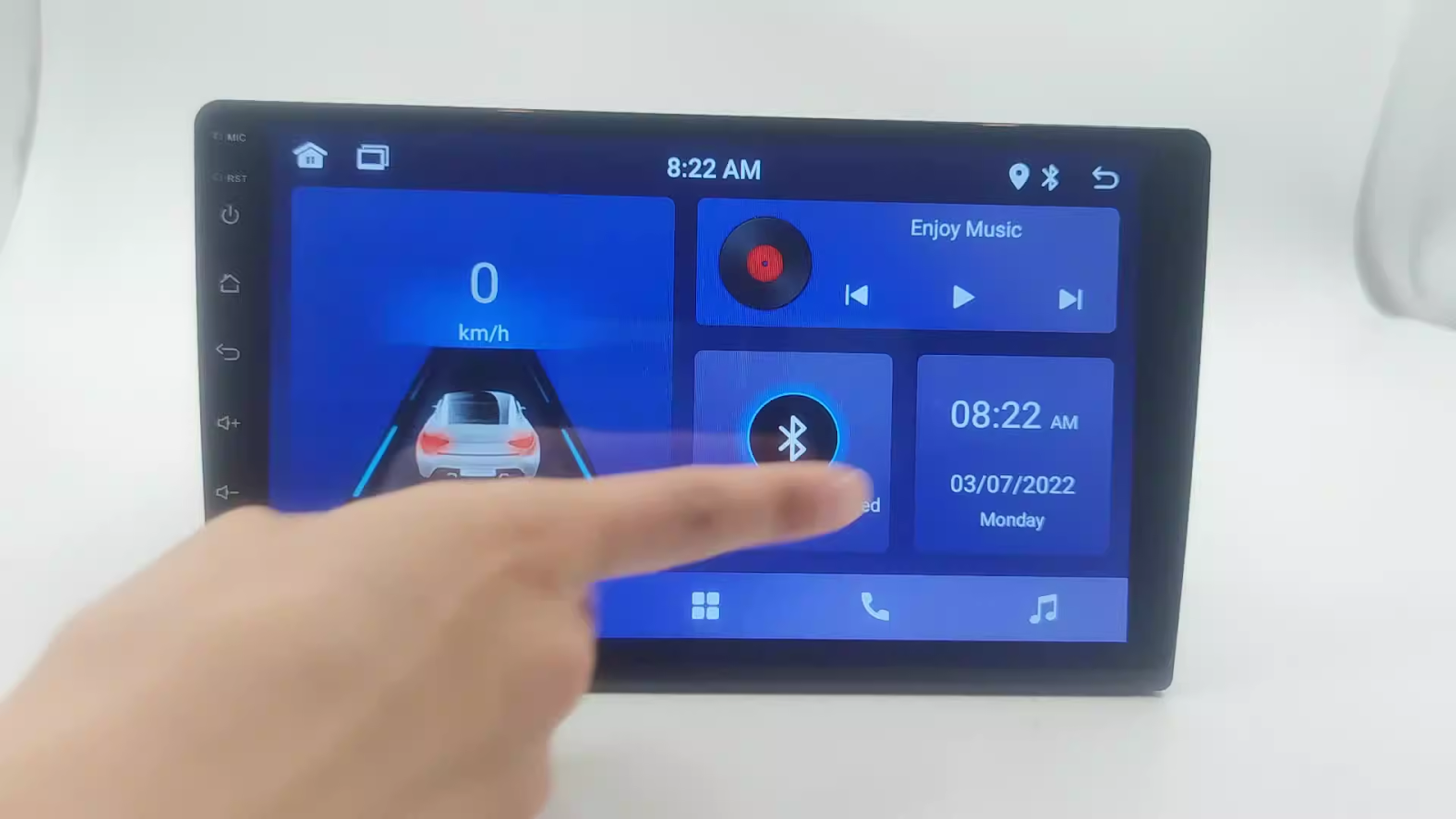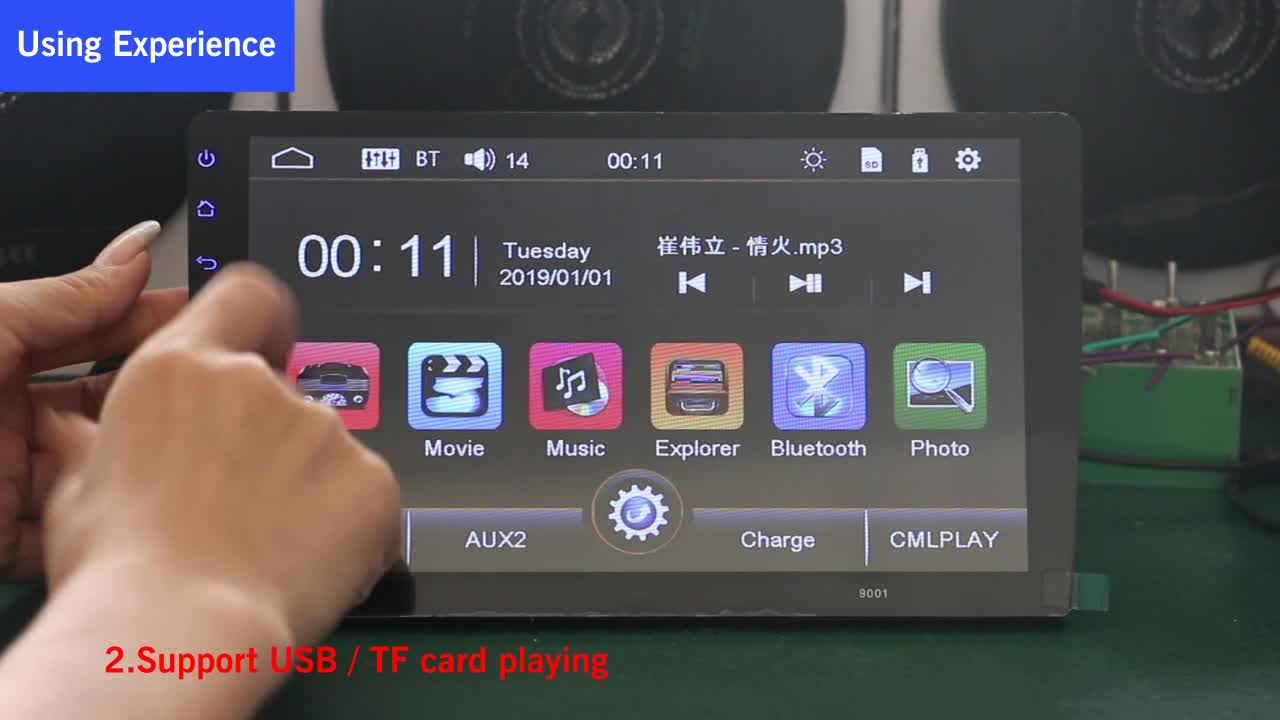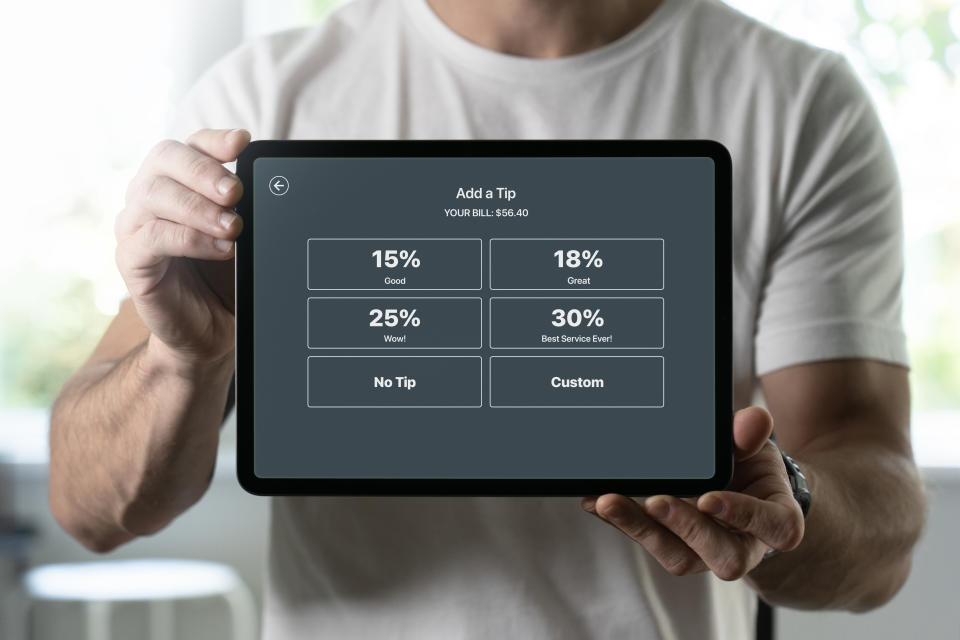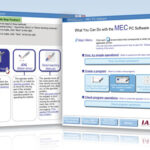The term tipping screen might sound unfamiliar at first, but it refers to a crucial element in various industries, especially in the fields of recycling, waste management, and materials processing. A tipping screen, also known as a vibrating screen or oscillating screen, is a specialized piece of equipment designed to separate materials based on size, weight, and texture. This technology is essential in sorting and separating materials quickly and efficiently in a variety of industrial settings.
In this article, we’ll explore what a tipping screen is, how it works, its various applications, and the numerous benefits it offers to industries that rely on effective material handling and sorting.
What is a Tipping Screen?

A tipping screen is a mechanical device that is used to sort and separate different materials based on their size and weight. It consists of a screen or mesh that vibrates or oscillates, causing materials to fall through different-sized apertures. The term “tipping” refers to the screen’s ability to tilt or adjust its angle to optimize the screening process for different materials.
Tipping screens are often used in the following settings:
- Recycling plants
- Waste management facilities
- Construction sites
- Agricultural processing units
- Mining operations
These screens are an essential part of the equipment setup in industries where material sorting is critical for efficient production processes or environmental compliance.
How Does a Tipping Screen Work?

The tipping screen’s working principle is relatively straightforward. Materials are fed onto the screen, which is typically inclined at an angle. The screen vibrates or moves in a controlled manner, causing the materials to travel across it. During this process, smaller particles fall through the holes in the screen while larger particles continue to move across the surface until they are discharged.
The separation occurs based on the size of the screen’s openings and the nature of the material being sorted. For example, in a recycling plant, a tipping screen could be used to separate plastics of various sizes or to sort organic waste from non-organic materials.
In some models, the tipping angle of the screen can be adjusted to accommodate different types of materials, ensuring that the screening process is as efficient as possible. This flexibility is one of the key benefits of tipping screens, as it allows operators to optimize the equipment for a wide range of materials.
Key Components of a Tipping Screen
A tipping screen typically consists of several key components:
- Frame: The sturdy structure that supports the screen and holds it in place during operation.
- Screen Surface: The mesh or perforated plate that determines the size of the particles that can pass through. The size of the apertures can vary depending on the specific requirements of the operation.
- Vibration Mechanism: A motor or other system that causes the screen to vibrate, enabling the separation of materials.
- Tipping Mechanism: This allows the screen to be adjusted or tilted at different angles, optimizing the sorting process for various materials.
- Discharge Ports: These are located at the bottom or sides of the screen, where the separated materials are collected and transported for further processing or disposal.
Applications of Tipping Screens

Tipping screens are highly versatile and can be used in a wide range of applications across multiple industries. Let’s explore some of the key sectors that benefit from this technology:
1. Recycling Industry
One of the most common applications of tipping screens is in the recycling industry. Recycling plants need to separate materials like paper, plastic, metals, and glass before they can be processed further. Tipping screens play a crucial role in this process by sorting materials based on their size and weight.
For example, a tipping screen can be used to filter out small contaminants from recyclable plastics or to separate metals from mixed waste. This not only ensures that the recycling process is efficient but also helps improve the quality of the recycled materials.
2. Waste Management
In waste management, tipping screens are used to sort waste materials at various stages of the disposal and treatment process. Whether it’s municipal solid waste, construction debris, or organic waste, tipping screens help segregate materials that can be recycled, composted, or safely disposed of in landfills.
By efficiently separating different types of waste, tipping screens reduce the amount of material that ends up in landfills, contributing to more sustainable waste management practices. In composting operations, tipping screens can be used to separate organic material from contaminants, improving the quality of the compost produced.
3. Construction and Demolition
In the construction industry, tipping screens are used to separate materials such as concrete, asphalt, wood, and metal. This is particularly important during the demolition of buildings, where different types of debris need to be sorted for recycling or disposal.
For instance, when a building is demolished, a tipping screen can be used to separate reusable materials like crushed concrete and metals from other debris, which can then be recycled or repurposed in new construction projects. This not only reduces waste but also minimizes the cost of purchasing new materials for construction.
4. Agriculture
Tipping screens are also used in agriculture, particularly in the sorting and grading of crops. For example, a tipping screen can be employed to sort grains, seeds, and other agricultural products based on size and weight, ensuring that only high-quality products are processed or sold.
In livestock farming, tipping screens are used to separate feed ingredients, ensuring that animals receive the appropriate nutrition without contaminants. The use of tipping screens in agriculture helps improve efficiency, product quality, and profitability for farmers.
5. Mining and Quarrying
In mining and quarrying, tipping screens are used to separate ores and minerals from unwanted materials. This is crucial for ensuring that the extracted materials are pure and ready for further processing. By using a tipping screen, mining companies can reduce the amount of waste material extracted, leading to more efficient and cost-effective operations.
Tipping screens are also used in quarries to sort different sizes of rocks and gravel, which are used in construction and other industries. By sorting materials efficiently, quarries can ensure that they meet the specific requirements of their customers.
Benefits of Using a Tipping Screen

The use of tipping screen offers numerous benefits to industries that rely on material sorting and separation. Here are some of the key advantages:
1. Increased Efficiency
Tipping screens allow for the automated sorting of materials, which significantly reduces the time and labor required for manual sorting. This leads to increased efficiency in processing operations, allowing companies to handle larger volumes of materials in a shorter amount of time.
2. Improved Product Quality
By accurately separating materials based on size and weight, tipping screens help improve the quality of the final product. In industries like recycling and agriculture, this ensures that only the highest-quality materials are processed or sold, leading to better outcomes for both producers and consumers.
3. Cost Savings
The increased efficiency and improved product quality offered by tipping screens translate into significant cost savings for businesses. Companies can process more materials with fewer resources, reducing operational costs and increasing profitability.
4. Environmental Benefits
Tipping screens contribute to sustainable practices by ensuring that materials are properly sorted and separated for recycling or disposal. This helps reduce the amount of waste that ends up in landfills, conserves natural resources, and promotes environmentally friendly practices in industries like waste management and construction.
5. Versatility
Tipping screens are highly versatile and can be used in a wide range of applications across different industries. Whether it’s separating waste, sorting crops, or grading minerals, tipping screens offer a flexible solution for various material handling needs.
Conclusion
In summary, tipping screens are an essential tool for industries that require efficient sorting and separation of materials. From recycling and waste management to agriculture and mining, these screens play a crucial role in improving efficiency, reducing costs, and promoting sustainable practices. As technology continues to evolve, tipping screens will likely become even more sophisticated, offering new features and capabilities that enhance their performance and versatility across different sectors.
For companies looking to optimize their material handling processes, investing in tipping screen technology can provide long-term benefits, driving both environmental sustainability and economic success.










